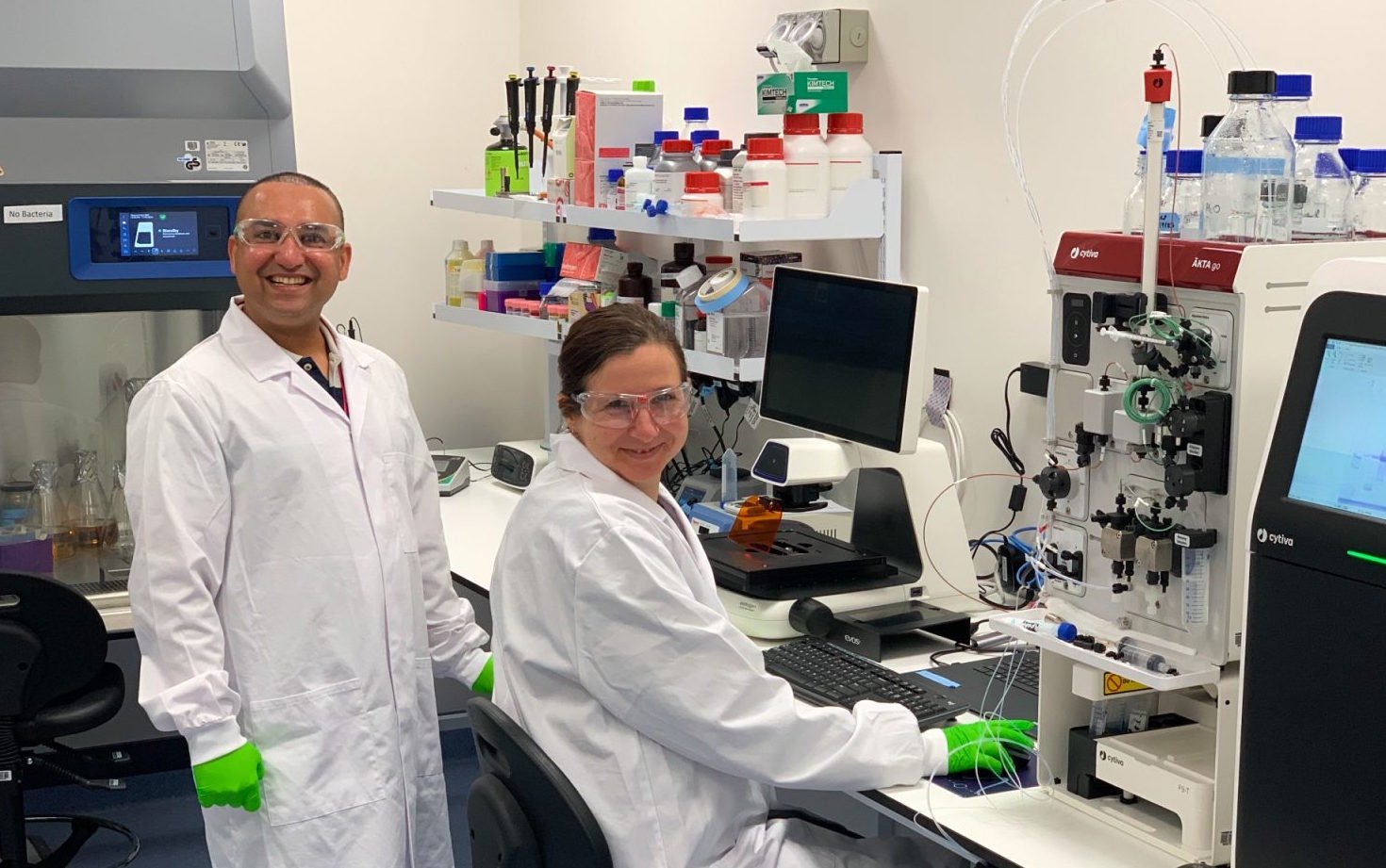Can Test, Treat, Track Beat Malaria?
01 April 2024 | Analysis | By Ayesha Siddiqui
Malaria has long been a major public health concern in the Asia Pacific region, particularly in South East Asia (SEA) affecting millions of people. While Asia Pacific has been very successful in drastically reducing the malaria burden, over the past 10 years only three countries in the region successfully earned their malaria-free status: Maldives in 2015, Sri Lanka in 2016, and China in 2021. China's eradication of malaria in particular was a momentous feat, making it a potential blueprint for other countries in the region. Let's examine the lessons we can learn from China's malaria elimination strategy.

Image credit: shutterstock
Malaria, the oldest disease that has plagued mankind for centuries, continues to wreak havoc globally. The World Health Organisation (WHO's) 2023 World Malaria Report revealed that global malaria cases in 2022 surpassed pre-COVID-19 levels. The Asia Pacific region also continues to be affected by this enduring fever. India accounted for 66 per cent of malaria cases in the WHO South-East Asia Region in 2022, with nine countries in the region contributing to about 2 per cent of the global burden. Notably, Myanmar experienced a seven-fold increase in cases between 2019 and 2022 due to political and social instability, impacting neighbouring countries like Thailand, where cases doubled. Bangladesh and Indonesia also saw increases in malaria cases between 2021 and 2022.
Understanding China's Approach
The WHO certified China as malaria-free in 2021, marking a significant achievement. Malaria had been endemic in China for many years, with an estimated 30 million cases annually and a 1 per cent fatality rate in 1949. The elimination of malaria in this populous nation represents a major milestone not only for Chinese public health but also for global efforts towards malaria eradication.
“Seventy years ago, China was reporting 30 million malaria cases annually. Moving from 30 million to zero malaria cases required decades of consistent political will and concerted efforts to innovate, strengthen health infrastructure, and enable 13 different ministries and departments across the country to work in tandem in a whole-of-government approach to defeat this deadly disease,” said Dr Sarthak Das, CEO, Asia Pacific Leaders Malaria Alliance.
The Asia Pacific Leaders Malaria Alliance (APLMA) unites 22 governments in Asia-Pacific who have committed to eliminating malaria in the region by 2030. APLMA is a partner of the RBM Partnership to End Malaria (formerly known as Roll Back Malaria), the largest global platform for coordinated action against malaria.
China Strategies
China has adopted strategies such as The 523 Project, ITNs, 1-3-7 approach and Collaborations in the last seven decades and emerged successful in eradication of malaria as WHO certified China as malaria free nation in 2021.
The 523 Project: In 1967, the Chinese Government launched the ‘523 Project’ – a nation-wide research programme aimed at finding new treatments for malaria. This effort, involving more than 500 scientists from 60 institutions, led to the discovery in the 1970s of artemisinin – the core compound of artemisinin-based combination therapies (ACTs), the most effective antimalarial drugs available today.
ITNs: In the 1980s, China was one of the first countries in the world to extensively test the use of insecticide-treated nets (ITNs) for the prevention of malaria, well before nets were recommended by WHO for malaria control. By 1988, more than 2.4 million nets had been distributed nation-wide. The use of such nets led to substantial reductions in malaria incidence in the areas where they were deployed. By the end of 1990, the number of malaria cases in China had plummeted to 117,000, and deaths were reduced by 95 per cent.
1-3-7 approach: China’s 1-3-7 approach required suspected malaria cases to be confirmed and reported to the central health authorities (China Information System for Diseases Control and Prevention) within one day, verified and investigated by trained staff within three days, and finally a focus investigation and response had to be conducted within seven days through house-to-house visits to eliminate possible sources of transmission. This strict timeline was developed to break the chain of malaria transmission by detecting secondary malaria infections and preventing further spread of the disease. The 1-3-7 approach has also proved effective at prevention of re-establishment, protecting communities from imported cases.
Collaborations: China's historic achievement in eliminating malaria did not happen in isolation. The country actively collaborated with various ministries, underscoring the significance of effective multi-sector cooperation in attaining success. In 2010, an agreement was signed involving 13 ministries, including those overseeing health, education, finance, research, development, public security, the military, police, commerce, industry, information technology, media, and tourism. Together, they united to combat malaria nationwide, culminating in the formulation of the ‘China Malaria Elimination Action Plan (2010-2020)’, which served as the cornerstone of the national malaria elimination programme. This collaborative effort, guided by provincial, county, and township administrators, played a crucial role in malaria elimination and will continue to be pivotal in preventing its resurgence in China.
Scaling up Lessons for APAC
APAC countries can draw inspiration from China's experience and adapt its successful strategies to their own contexts. Investing in scientific research, intra and inter collaborations, smart surveillance, and the utilisation of tried and tested tools such as ITNs can all contribute to the fight against malaria.
“For over two decades, the Asia Pacific (APAC) region has made impressive progress against malaria. As the most populous country and the third in APAC to achieve malaria-free certification from WHO, China’s strong commitment to eliminating this deadly disease is an important part of the region’s success story. Employing an innovative and whole-of-government approach among other strategies, China has shown a clear path towards malaria elimination which other countries in APAC have learned from,”Dr Das added.
Recognising this important impact, the WHO included the 1-3-7 approach in its reference manual for surveillance to national malaria programmes around the world. Most malaria-endemic countries in Asia Pacific have now adopted the 1-3-7 approach or a modified version as part of their national strategic plans for malaria. Application of the 1-3-7 approach in Thailand played a role in controlling a malaria outbreak in 2017, and also in helping Cambodia improve their timeliness and response rate. Myanmar also adopted the strategy but faced considerable challenges such as human resource availability and transportation.
“While the 1-3-7 approach has seen great success, it is a resource-intensive approach that requires strong health infrastructure and sustained high-level political commitment to ensure the financing and systems required run smoothly. Local conditions also play an important role, as the 1-3-7 approach role-out in Myanmar was more mixed due in part to limited training of health workers as well as limited access to supplies, internet, and transportation which delayed response times,” said Dr Das.
Apart from these factors, China's commitment to universal health coverage has also been crucial to its success. The country's poverty reduction programme, along with unwavering political commitment at all levels of government over a 70-year period, underpinned China's success in eliminating malaria and was a key factor in its achievement.
“Vector control is another essential component of malaria prevention, with the scale-up of insecticide-treated nets (ITNs) or long-lasting insecticidal nets (LLINs), and expansion of indoor residual spraying (IRS) as key contributing factors. While the majority of malaria transmission occurs indoors, there are increasing concerns around the magnitude of outdoor transmission, where more investment in scientific and technological breakthroughs is much needed,” said Dr Zhi-Jie Zheng, Director, China Country Office, Bill & Melinda Gates Foundation.
In collaboration with Chinese partners, the Gates Foundation has supported initiatives to share China's malaria elimination experience and innovations with African and Southeast Asian countries. Since 2018, the foundation has funded a malaria control pilot project in southeastern Tanzania, which adapted China's elimination approach to include rapid reporting and follow-up to halt transmission, resulting in a 60 per cent reduction in malaria prevalence. The WHO is piloting this approach in other African countries like Zambia, Senegal, and Burkina Faso.
The foundation also collaborates with the Global Health Drug Discovery Institute (GHDDI) to biosynthesize artemisinin, a promising drug candidate showing potential in reducing drug resistance. Moreover, the foundation assists Chinese partners in improving manufacturing facilities to ensure access to artemisinin-based drugs worldwide. Furthermore, the foundation and the National Natural Science Foundation of China (NSFC) announced funding for research proposals on outdoor malaria vector control, aiming to provide technical support for field trials in countries like Sudan and other Asian nations.
In the Asia Pacific, we are in the final stage of malaria elimination, but this doesn’t mean the threat is completely eradicated. While the last mile of malaria elimination is challenging, China’s experience shows that combining tried-and-true tools with innovative approaches tailored to local conditions can lead to significant success. The Asia Pacific must learn from China’s example, maintaining vigilance and sustaining rigorous efforts to fight this deadly disease until the very end.
Ayesha Siddiqui












